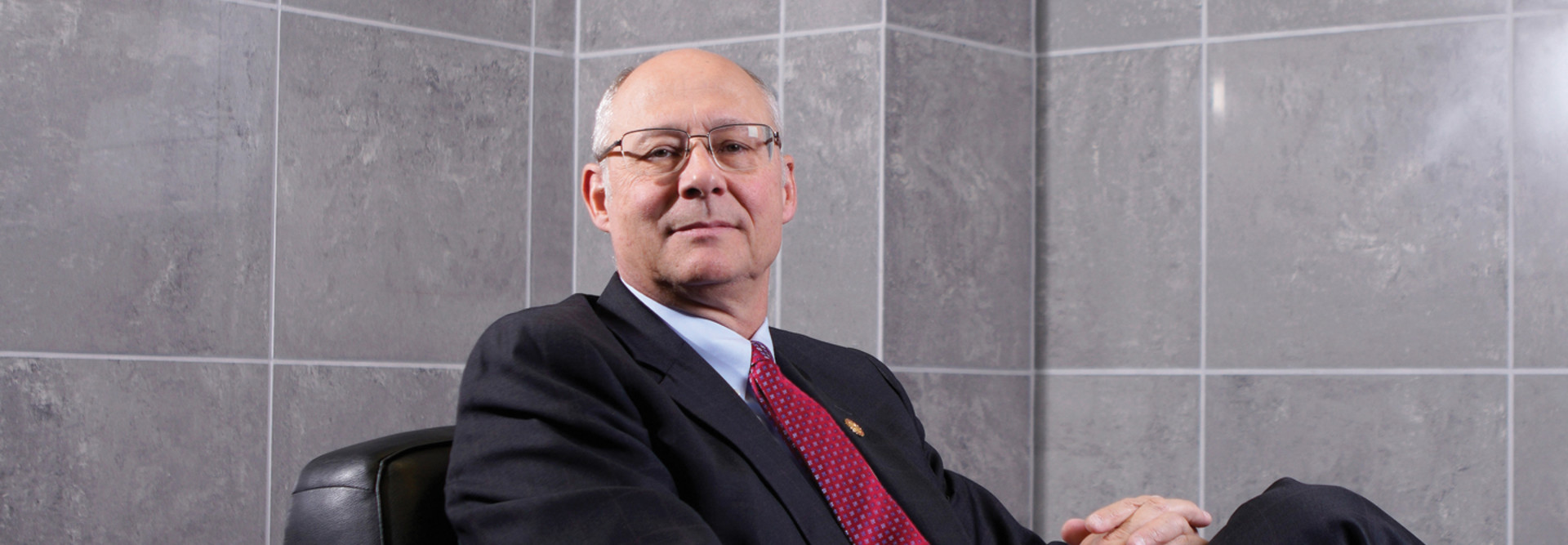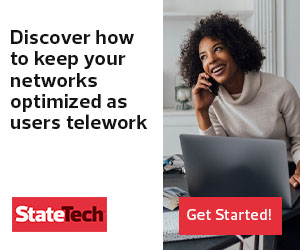STATETECH: Before the pandemic, roughly how many state workers were working from home, and where are you guys at right now?
MOE: Remote work for a vast majority of the commonwealth was something that was about work-family balance, but not a strategic aspect. And specifically, we have a virtual private network infrastructure that we’ve upgraded. But before this, we baselined it. The weekend before everybody started working home, the peak usage was about 3,000 concurrent users at any one time, and then about 66,000 devices on the network. So, some people did work from home and needed a VPN connection, but it was not near the peak it is today. And the maximum we were able to support at any one time was 5,000 concurrent connections. We never really got to that. We were always able to support the demand with existing infrastructure.
After the COVID-19 events and the executive orders started happening, the demand for VPN technologies and other ones we have generated since then was dramatically increased almost overnight. In fact, today we’re seeing about 11,000 concurrent connections at any one time. And so, from a 3,000 peak to an almost 11,000 peak is amazing. And separately, we’ve changed our capacity to support those connections from 5,000 to 35,000. This was just traditional VPN. And so, we’re very comfortable with that.
As a #StateLocal #IT leader, which #ITInfrastructure or support solutions have you invested in most to enable #telework?
— StateTech Magazine (@StateTech) June 3, 2020
In addition to that, we’ve been able to respond with other technologies. The company is called Zscaler, and they have basically an application layer VPN that is born in the cloud. We went from our on-premises VPN, which is the traditional VPN, to adding an application layer VPN, which agencies like [the Virginia Department of Transportation] love. It’s a little easier to use and just as secure.
We were getting requests by the Department of Social Services because they have to connect to entities that do not have Commonwealth of Virginia accounts. And so, we have to set up virtual desktops for them. That technology is not brand-new, but we just could never come up with a business case to do it. Only a couple of people wanted it. Now, we have a huge demand for it. So, we’re able to jump in and roll out virtual desktops, and we’re using Microsoft’s Azure virtual desktop platform to meet those needs.
STATETECH: How has VITA shifted in terms of how it works with the other state agencies?
MOE: Virginia has positioned itself uniquely to provide an extremely adaptable service set. The phrase you use is “CIO as a broker,” providing services across a large number of things. I don’t have to own it; I just have to provide the contract to it. We have a supplier model, an integrated supplier model, and a contract structure that allows for a significant amount of flexibility. We’ve been moving toward the cloud for a number of years and have the ability to add services within the platform and also outside of it. In fact, we were able to adapt much more quickly with our service model in rolling out technologies — the VPN in the cloud, the virtual desktop, the laptops and cloud services — in our model now than we would have ever been able to in our previous model.












